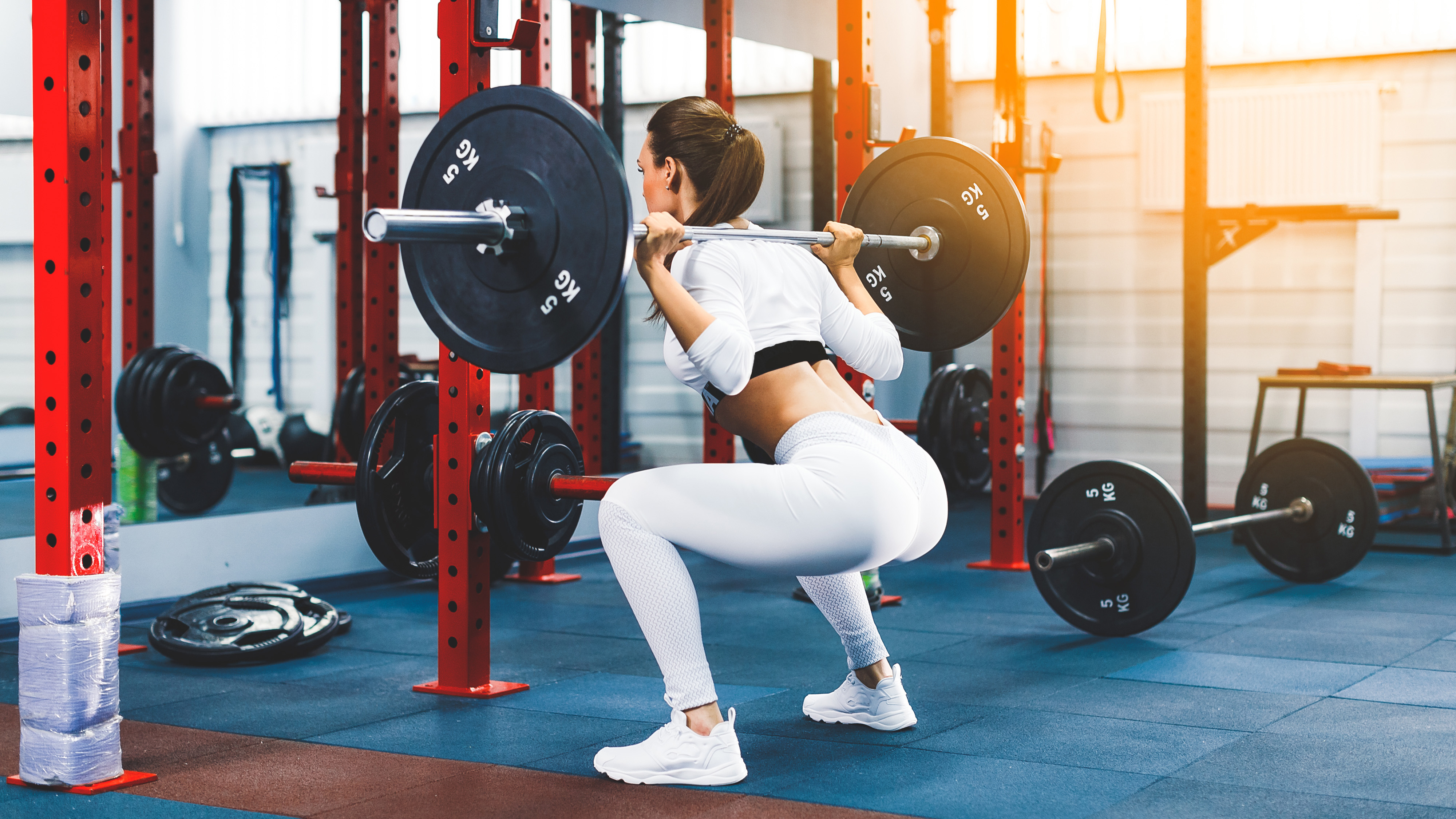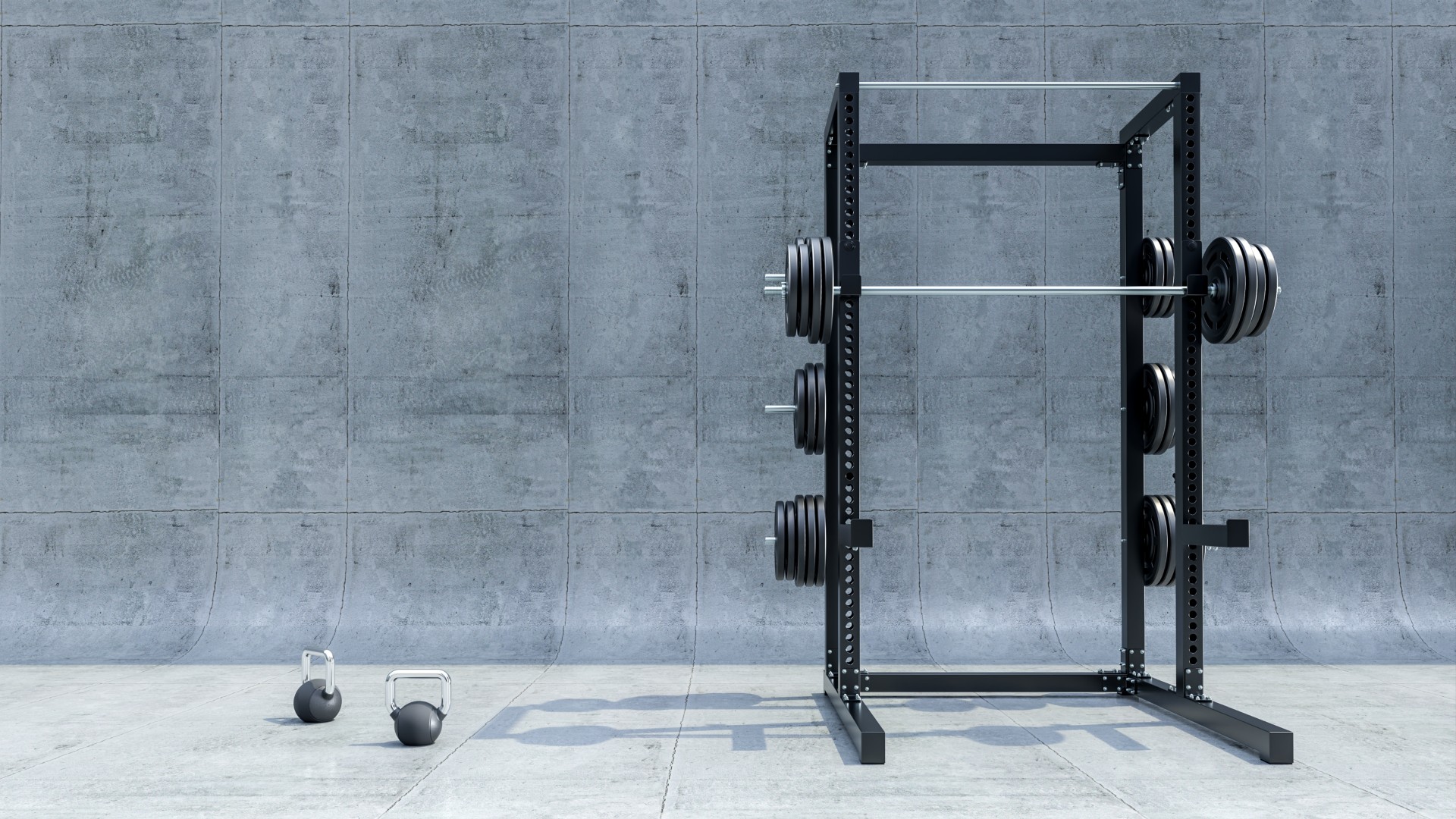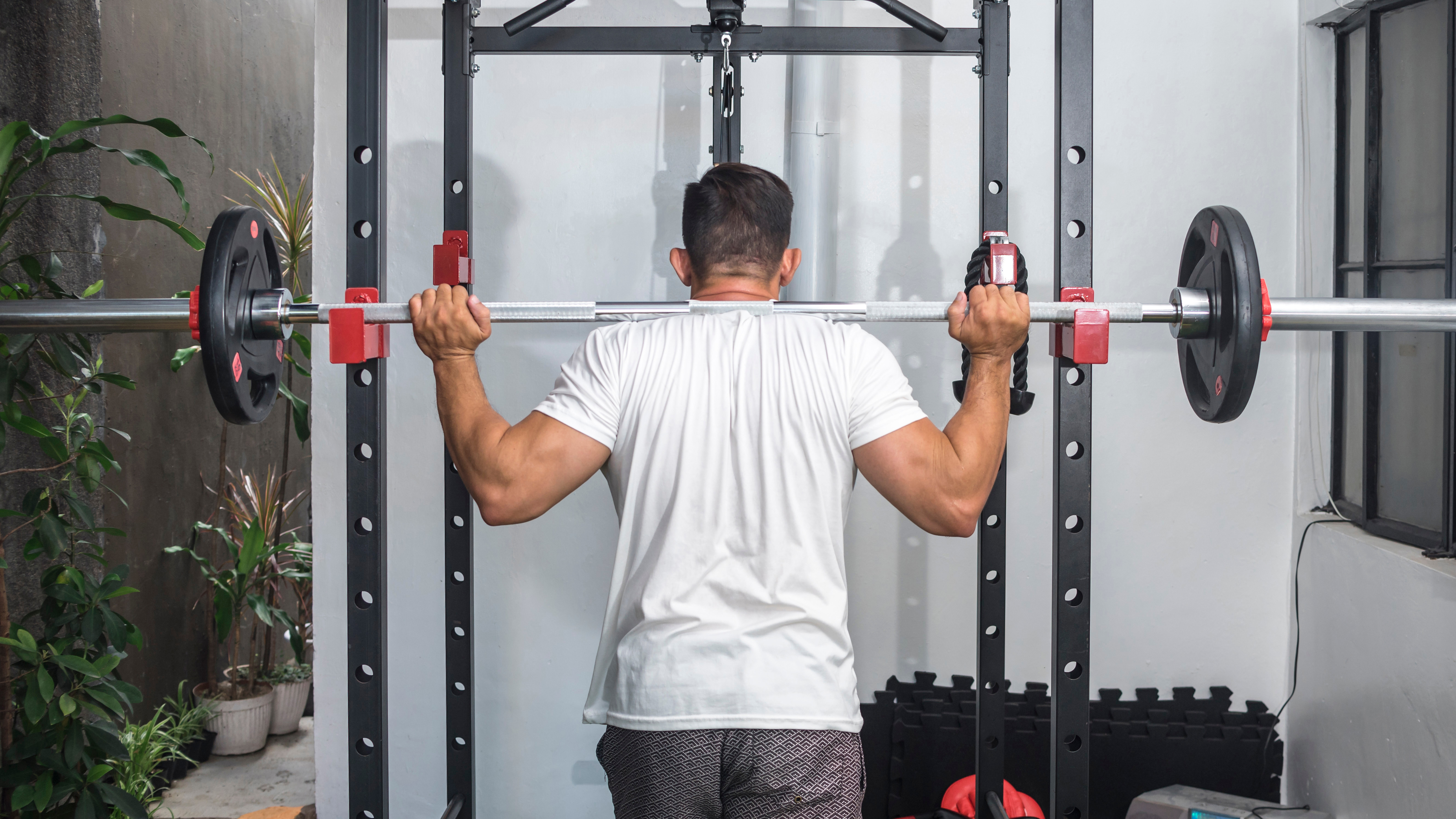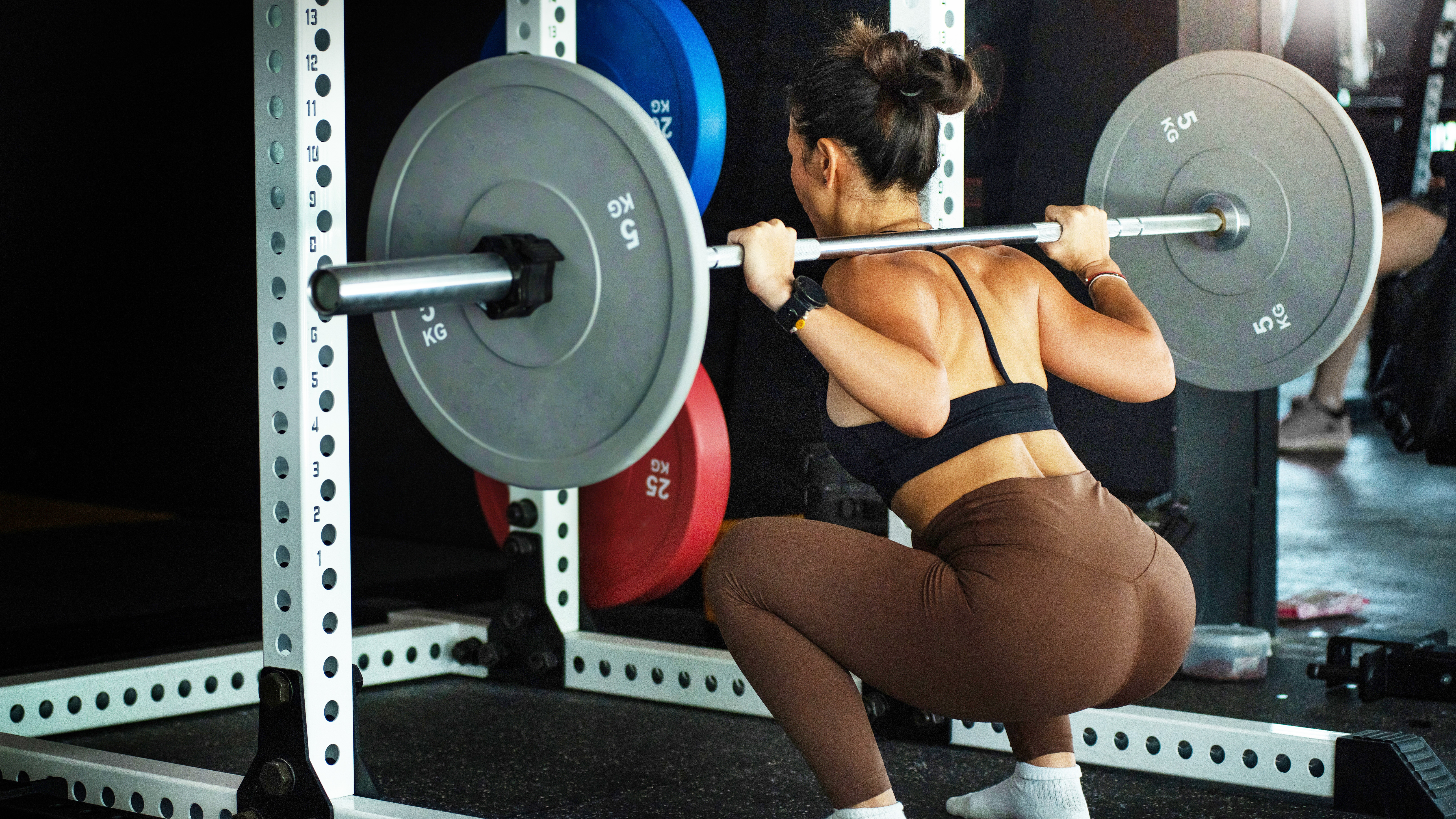How to use a squat rack safely and effectively

If you're new to lifting or have felt intimidated by the squat rack, you're not alone. Despite being one of the most powerful tools and best gym equipment additions, it can be underused by beginners because people assume it's for advanced lifters or don't understand how to use the kit.
But, in reality, the squat rack is a great addition to your fitness journey and is essential for building lower-body strength. Once you know how to set it up and use it properly, you'll wonder why you waited so long to try.
This guide walks you through everything you need to know to begin confidently using a squat rack, including setup, safety tips and how to progress your lifts over time.
What is a squat rack for?

The squat rack is designed to support barbell exercises, especially squats, by allowing you to load and lift heavy weights safely. Squatting works multiple muscle groups, including your quads, glutes and hamstrings, while using your core muscles for stability.
A key function of the rack is to allow you to position the bar at chest to shoulder height so you can unrack it easily and begin your squat without assistance. It also includes safety bars to catch the barbell if you fail a rep, making it essential for training alone or lifting heavy.
How to set up a squat rack

Start by stripping the rack of any weight plates, then adjust the barbell supports so they sit just below shoulder height. This will let you unrack the bar without overreaching or hunching your back.
Next, set the safety bars. These should be just below the lowest point of your squat. To find this, perform a few bodyweight squats and stop at your natural depth. The bars should be high enough to catch the barbell if needed, but low enough not to interfere with your movement.
Finally, ensure the bar is centred and level before loading any weight. Use the knurling marks — little spaces on your barbell without cross-hatching — to align your grip evenly.
How to perform a squat in the rack

Step under the unloaded bar and position it across your lower back, not your neck. Grip the bar just wider than shoulder-width, brace your core and stand up to lift it off the rack.
Step back one foot at a time and adjust your squat stance — feet roughly shoulder-width apart and toes slightly turned out. This comes down to the preference of the lifter.
Keep your chest up and back neutral, then squat until your thighs reach at least parallel with the floor. Then, drive through your feet to return to standing. Try to use a tripod foot position, meaning you'll press into the ground with your big and little toes and heels.
Complete your reps, then walk forward slowly and re-rack the bar.
How to add weight plates
Slide equal weights onto each end of the bar and secure them with clips. It's really important to never squat with unsecured weights.
Start light and increase the load gradually as your form and confidence improve.
How to bail safely
If you can't complete a rep, use the safety bars. Lower the bar slowly and with control until it rests on the bars, then carefully duck out from underneath.
If you're not using safety bars (not recommended), your only option is to drop the bar behind you and quickly step forward. Always ensure the area behind you is clear before attempting any heavy lifts.
Common mistakes to avoid
- Skipping the safety bars — always set them up properly, they're there to protect you
- Lifting too much too soon — start light and prioritize form over weight
- Poor footwear — opt for flat, firm-soled shoes or lift barefoot. We have a guide on cross training shoes vs weightlifting shoes to help you decide
- Incorrect bar placement — the bar should always rest on your upper traps rather than your neck.
More from Tom's Guide
Now you know how to properly use a squat rack, why not check out some of our other useful fitness guides?
- Check out how to do horizontal ab squats
- How to build strength and muscle in your core without sit-ups
- How to strengthen your core with this standing abs workout.
Get instant access to breaking news, the hottest reviews, great deals and helpful tips.

Kaycee is Tom's Guide's How-To Editor, known for tutorials that skip the fluff and get straight to what works. She writes across AI, homes, phones, and everything in between — because life doesn't stick to categories and neither should good advice. With years of experience in tech and content creation, she's built her reputation on turning complicated subjects into straightforward solutions. Kaycee is also an award-winning poet and co-editor at Fox and Star Books. Her debut collection is published by Bloodaxe, with a second book in the works.
You must confirm your public display name before commenting
Please logout and then login again, you will then be prompted to enter your display name.
